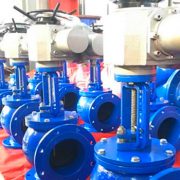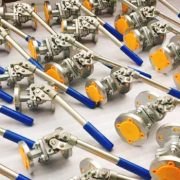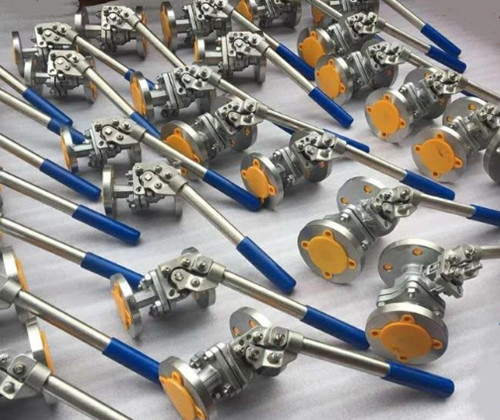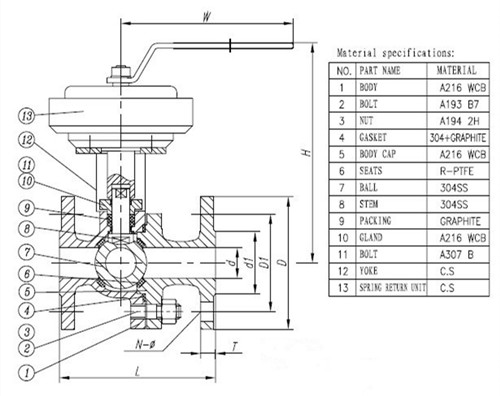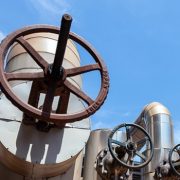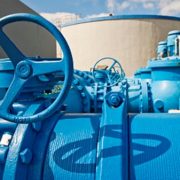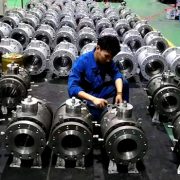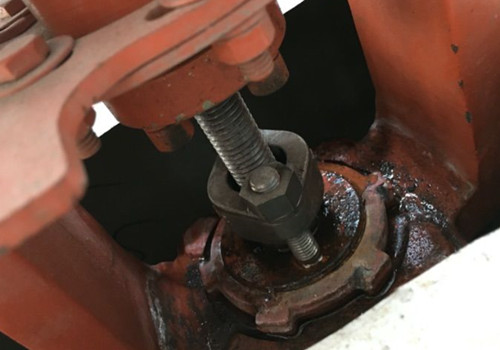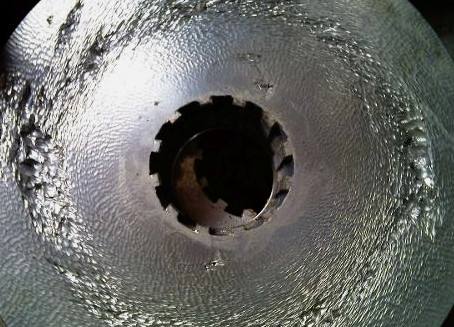What’s mud valve?
Mud valve is a type of angel- globe valve controlled by a hydraulic actuator, used in sedimentation tank bottom for city water or sewage treatment plant sludge and wastewater discharge. The medium for mud valve is primary sewage less than 50℃ and its working depth is less than 10 meters. The mud valve is for low-pressure applications only and composed of the valve body, actuator, piston, stem and disc, which also can be controlled by the solenoid valve from a distance.
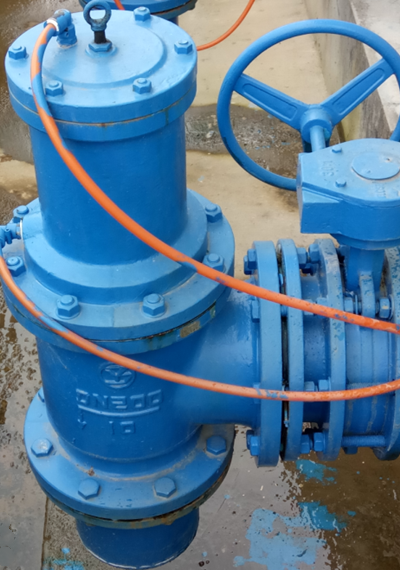
The mud valve supplied by PERFECT CONTROL is made by cast iron body, cover, and yoke, bronze seats with a resilient seat which forms a bubble-tight seal that won’t leak, even when minor debris obstructs the valve. The stainless steel stem is to prevent corrosion from years of submerged services. Mud valve can be generally divided into hydraulic mud valve and pneumatic angle mud valve according to the actuator. Double chamber diaphragm drive mechanism to replace the piston without movement wear. The hydraulic cylinder drive disc lift valve body channel open or closed to achieve fluid on and off.
The mud valve offers a lot of advantages: Cover with screw can be directed by the handle for shallow water; Tin-bronze sealing surface offers good corrosion resistance and better wear-resistant or use in submerged installations; The cast iron coating is corrosion resistant and safe for potable water applications; Hydraulic relief slots of plug stem allows any sludge to drain out so your valve won’t jam.
The mud valve is installed in the place where the discharge of sediment in the pipeline and the discharge of sewage during maintenance is needed, that is, the discharge tee at the lowest position of the pipeline and tangent to the sewage flow, and the impact of sewage erosion on the accessories shall be considered.

